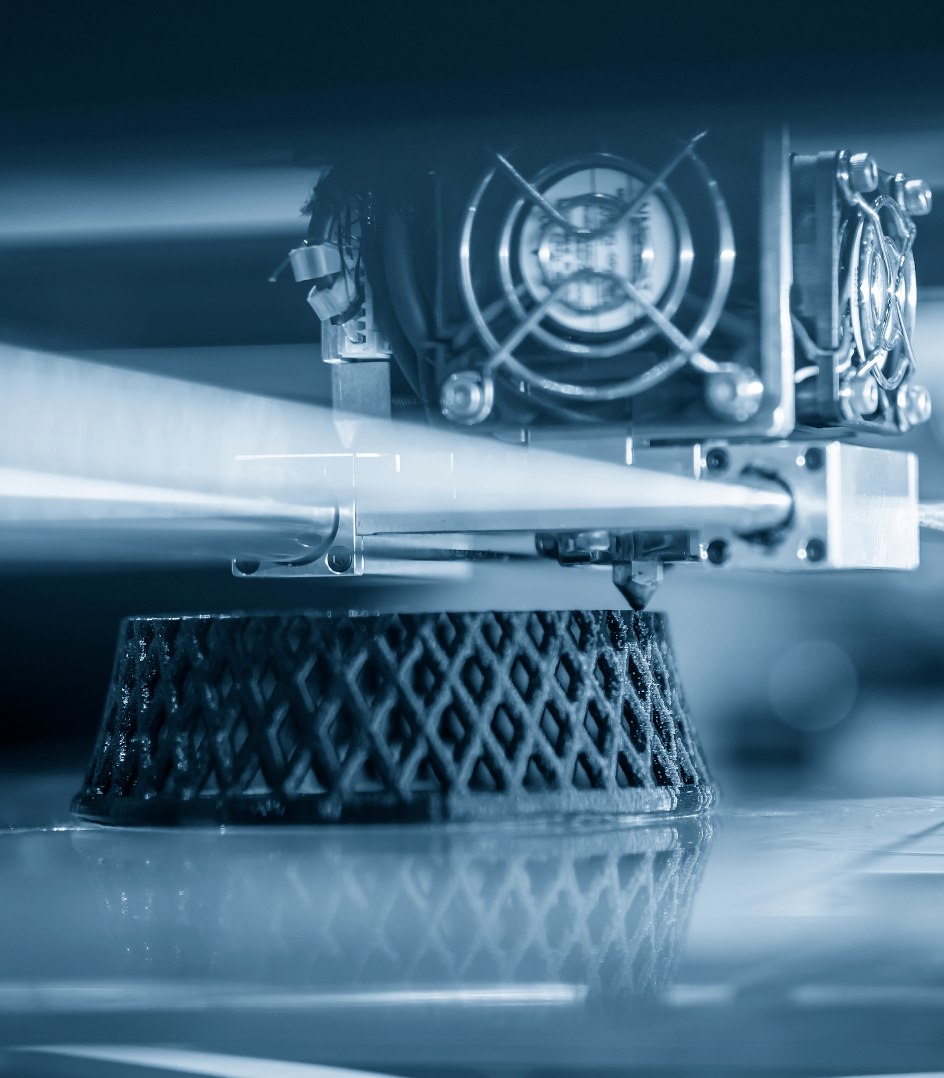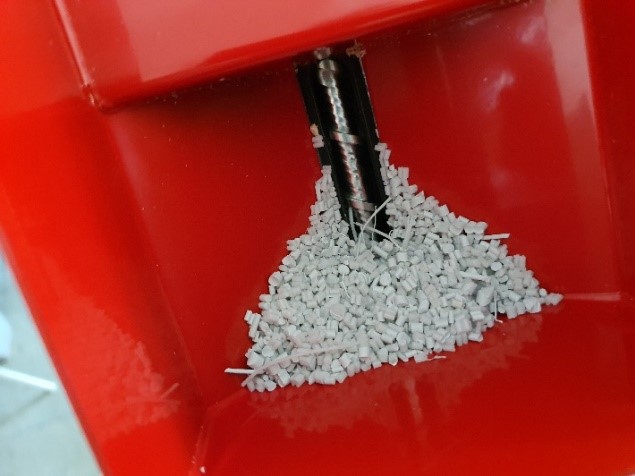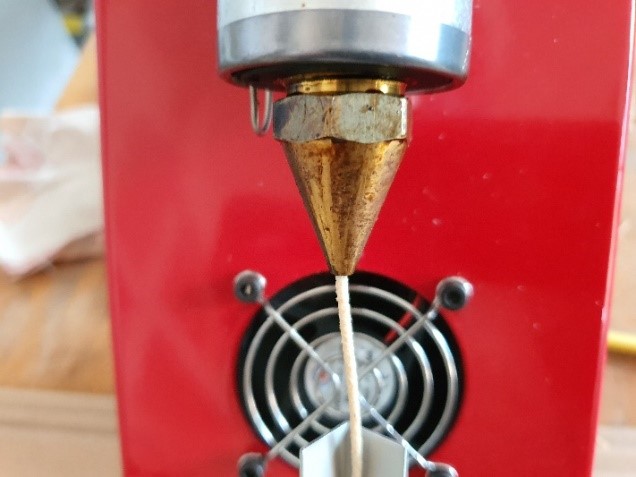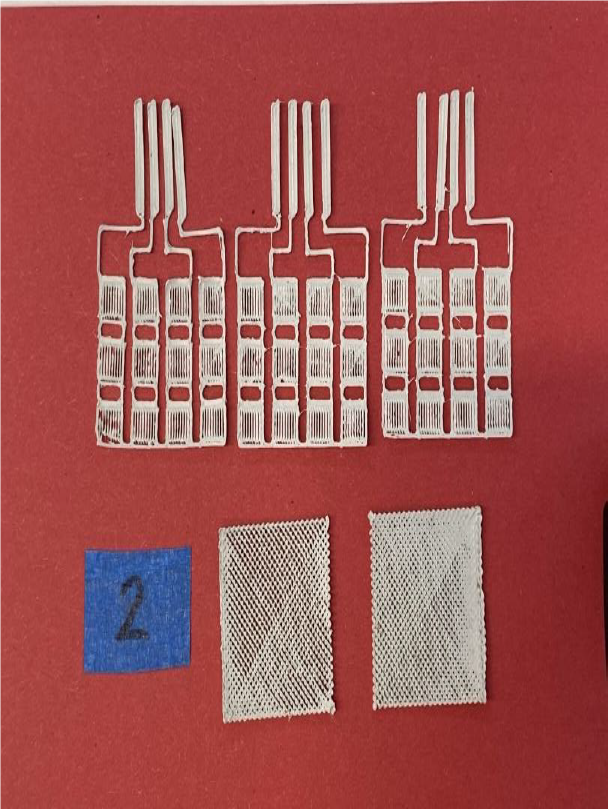
Biomechanical charging medical devices without the need for batteries, closer thanks to the Izertis 4DPrintEN project
Main aim of 4DPrintEN project is the development of the manufacturing process through 3D printing of portable and intelligent devices with low consumption that are capable of generating different voltages in response to external stimulus, with the intention of capturing and collecting electrical energy in an efficient way.
It has therefore been necessary to develop a new material with piezoelectric properties, that is, with a structure capable of generating electric charge in response to applied mechanical stress and vice versa.
The development of this new raw material was carried out during the first year of execution of the project. In particular, six experimental models of polymeric composite materials were obtained using a two-component matrix made up of PP (polypropylene) and TPU (thermoplastic polyurethane) and with BaTiO powder with a diameter of less than 2 µm as reinforcement in different proportions, on which different analysis were carried out in order to select the three models most appropriate for the project.
Afterwards, the material filamentation process was developed, for which two different techniques were used: injection and extrusion, with the aim of achieving 5 different types of filaments of a constant diameter that could be used to feed the 3D printer.


As it is a new material, a new 3D printing and characterization process also had to be developed. The first step was to check the printability of the filamented materials and to determine the optimum printing temperatures and speeds for all of them. Once the values with the best results were obtained, the rest of the relevant printing parameters were analyzed and established (layer height, fill percentage and angle, number of skirts...), adjusting them to ensure that the pieces to be manufactured had the best finish and as much functionality as possible.
To validate this process, two different types of parts were manufactured, a circuit and a mesh, using the 5 filaments developed, which also made it possible to determine which of these filaments were the most suitable for 3D printing, since not all of them behave the same or, therefore, allow to manufacture parts of the same quality.

During 2021, and until the end of the project in March, the activities to be carried out will comprise testing the 3D printed parts by conducting piezoelectric and preparing an exploitation plan of the project results based on the conclusions obtained and their possible application in marketable products.
Among targeted applications of the results of 4DPrintEN project is the development of medical devices that capture and subsequently convert biomechanical energy into electric energy, so no batteries will be needed. Instead, pacemakers would be charged by heartbeats, deep-brain implants by electric impulses, cochlear implants by inner ear vibrations, or bone implants could stimulate tissue repair.
Another possible application is the development of wearable active textiles for physiology-based thermal management.
The multidisciplinary consortium that is currently working in achieving this objective involves Spanish and Romanian leading companies and public institutions, such as Izertis, Bucharest National Institute of Physics of Materials (NIMP), All Green, Intelectro, the Technical University Gheorghe Asachi of Iasi and Idonial technology center.
4DPrintEN has been co-funded by IDEPA within MANUNET 2018 call (grant no. IDE/2018/000500).



